- Learning time
- 10 minutes
- First play time
- 40 minutes
That´s Life
Designed by: Michael Kiesling,Wolfgang Kramer
That’s Life (also available in the German as Verflixxt! and recently republished as Ghosts of the Moor) is a really simple luck-based game that has a dollop of tactics. The ‘board’ is actually made up of a series of tiles that represent the track they move their pawns along. But rather than racing to the finish, everyone is trying to collect the most points along the way.
Each player starts their pawns on a central tile and the rest of the tiles are laid out (either as recommended by the rulebook, randomly, or a design of your choosing) in a line of whatever shape you like to the finish tile. The tiles are made up of three colours: green, valued from 1-8 (points! these are good) red (minus points form -1 to -10: bad) and cream clover tiles, which convert negative points from red tiles into positive ones. Plain wooden pawns (guards) are placed on the clover tiles and the two most valuable green tiles.
On your turn you roll a die, and move a piece. The piece you move can either be one of your own pawns OR a guard – as long as there is a player’s piece (yours or any other player’s) on the same tile as the guard. If you move your own piece off a tile that has no other piece on it, then you collect that tile and keep it in front of you until the end of the game. If you move a guard then you don’t collect tiles on that turn.
So essentially your goal is to collect green tiles and avoid red tiles – unless of course you manage to pick up clover tiles, which can flip a minus score into a positive one: these can be pivotal in deciding the winner, as a terrible -10 suddenly becomes a wonderful +10. Once all pieces are home, players count up their points and the player who has most is the winner. If there’s a tie, the player with the most tiles wins.
The guru's verdict
-
Take That!
Take That!
The worst you can do to someone is move a guard onto their tile, or off it. Most of the action comes from the die itself.
-
Fidget Factor!
Fidget Factor!
Very little.
-
Brain Burn!
Brain Burn!
There are so few choices, but occasionally one of them might give pause for thought.
-
Again Again!
Again Again!
Very simple to teach and learn, That's Life also plays quickly. You can even remove a few tiles for a quicker game.

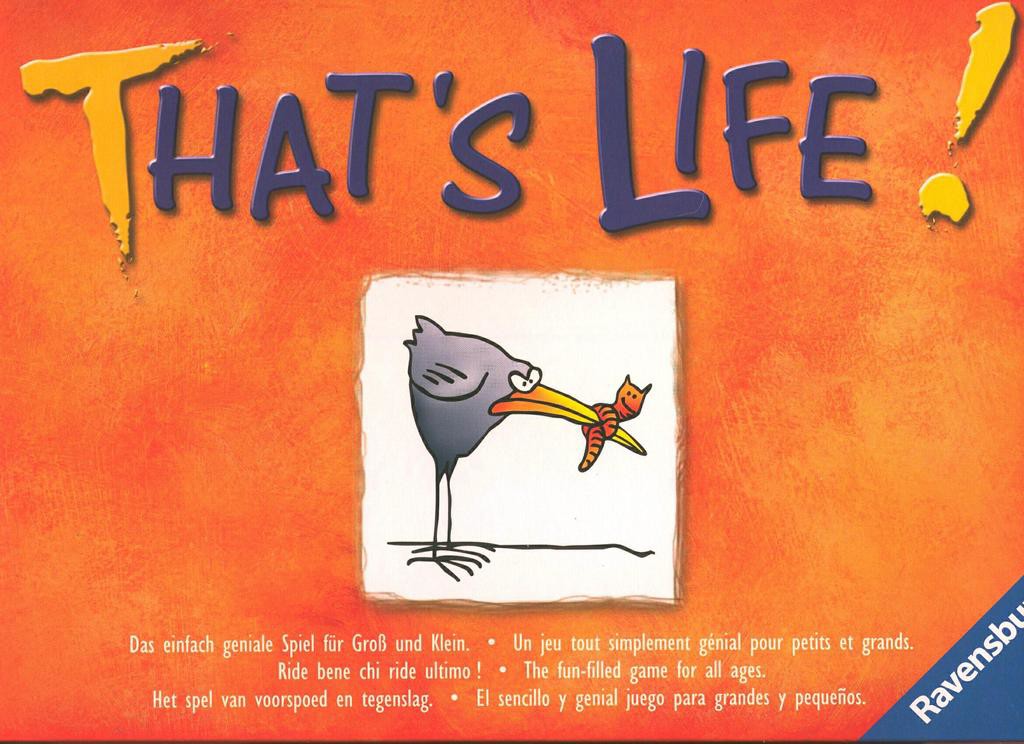
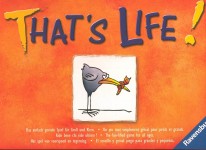
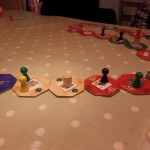
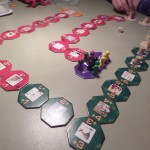

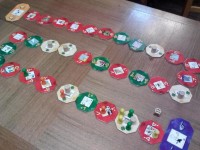
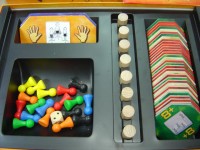





Sam says
A really simple game that kids and adults alike can enjoy. There's room for a teensy bit of tactics too, albeit of the push-your-luck variety.